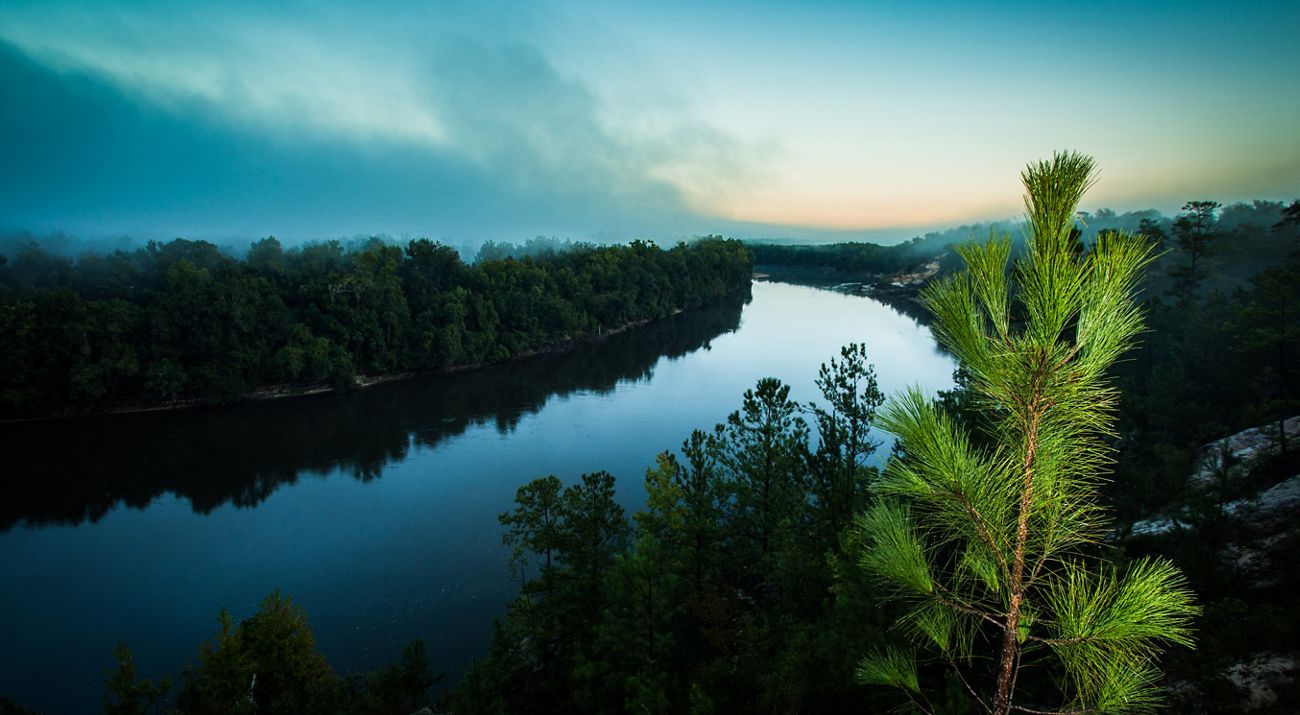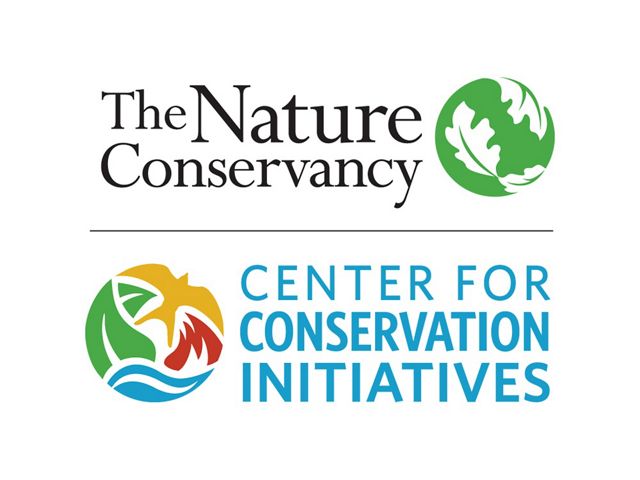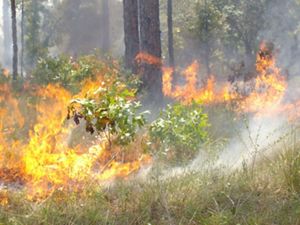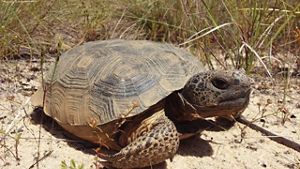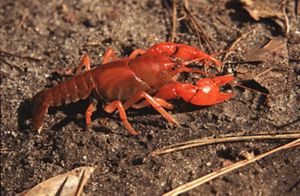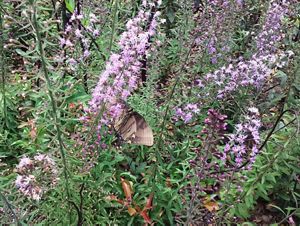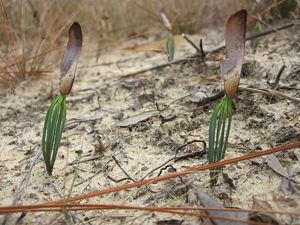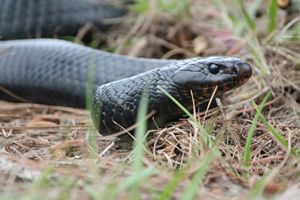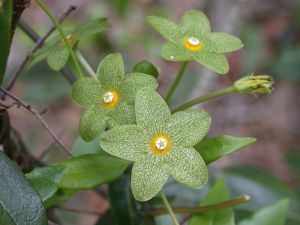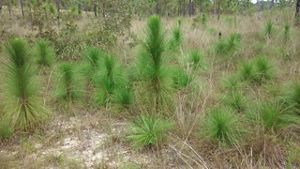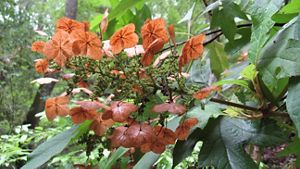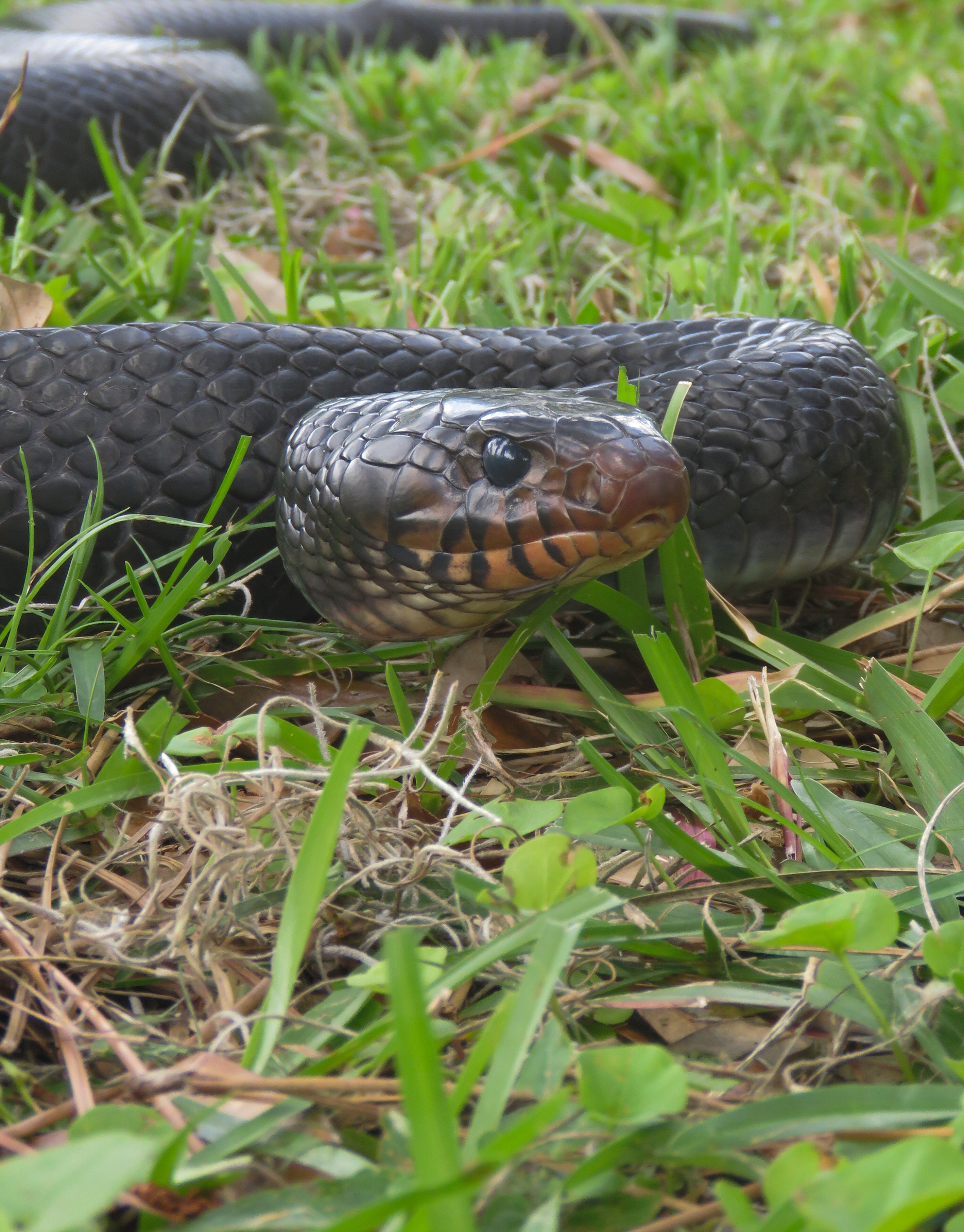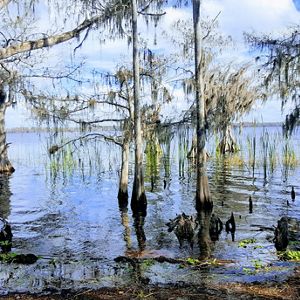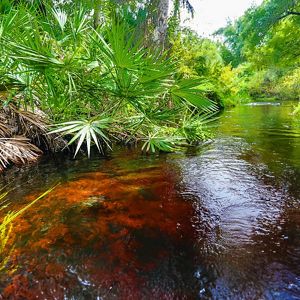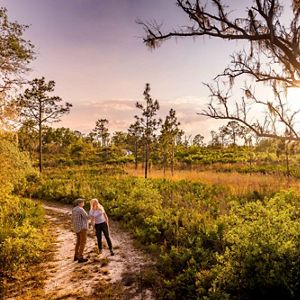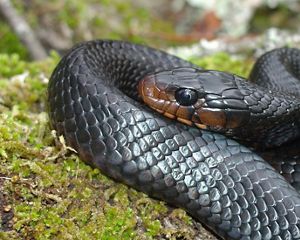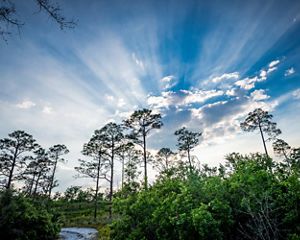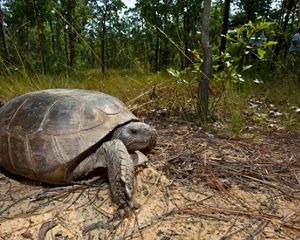Several million years ago, the shoreline of the Gulf of America stood between Torreya State Park and today’s location of Apalachicola Bluffs and Ravines Preserve. When the sea receded about two million years ago, the old coastal sands were exposed, creating deep cul-de-sacs in the landform, known locally as steephead ravines. These unique geological formations are rare, occurring in only a few other locations globally.
In the early 19th century, Hardy Croom and John Torrey (namesake of the Florida Torreya tree) conducted pioneering botanical surveys that documented rare plants in the area. This and future work culminated in the region’s designation as one of the five biodiversity hotspots in North America.
During the Civil War, the bluffs were strategic defense positions for Confederate troops, used to block Union naval ships from accessing the Apalachicola River. The bluff occupation ended when the Confederate Army sank obstructions downriver to prevent Union ships from coming upstream.
Acquisition of the Preserve began in 1982, and by 1984 the parcels of the preserve containing the steephead ravines were protected. At that time the preserve was not staffed, and oversight was limited to visits from TNC Tallahassee staff. From the mid-1980s to the mid-90s TNC staff and partners determined that to protect the rich biodiversity contained with the preserve’s steephead ravines, action needed to be taken to restore the surrounding longleaf pine forest. TNC scientists focused on restoration of the sandhill and returning fire to the landscape. This period of adaptive management lasted another 10 years (1998-2007), resulting in the modern methods that are currently employed today across the longleaf range.
In 2007, TNC and partners removed a dam and stream crossing from the preserve’s Kelley Branch. These obstructions were causing significant ecological damage and blocking the natural passage of fish species. The preserve pioneered this type of dam removal and stream restoration, setting a standard for similar projects in the Southeast. Hikers can learn more about this stream restoration success by following the Kelley Branch spur trail adjacent to Alum Bluff.
On October 10, 2018 Hurricane Michael roared ashore as a category 5 storm with 150 mph winds; the strongest storm ever to hit the Florida Panhandle. Just 50 miles from landfall, the preserve was in the storm's fierce eastern eye wall and was subjected to extreme winds causing catastrophic forest destruction and major building damage. A massive clean-up effort is still underway to restore the preserve and its ecosystems to their former glory.
Today, after decades of careful restoration, the return of the preserve to its natural state continues to set a standard for conservation methods and practices across the region.
